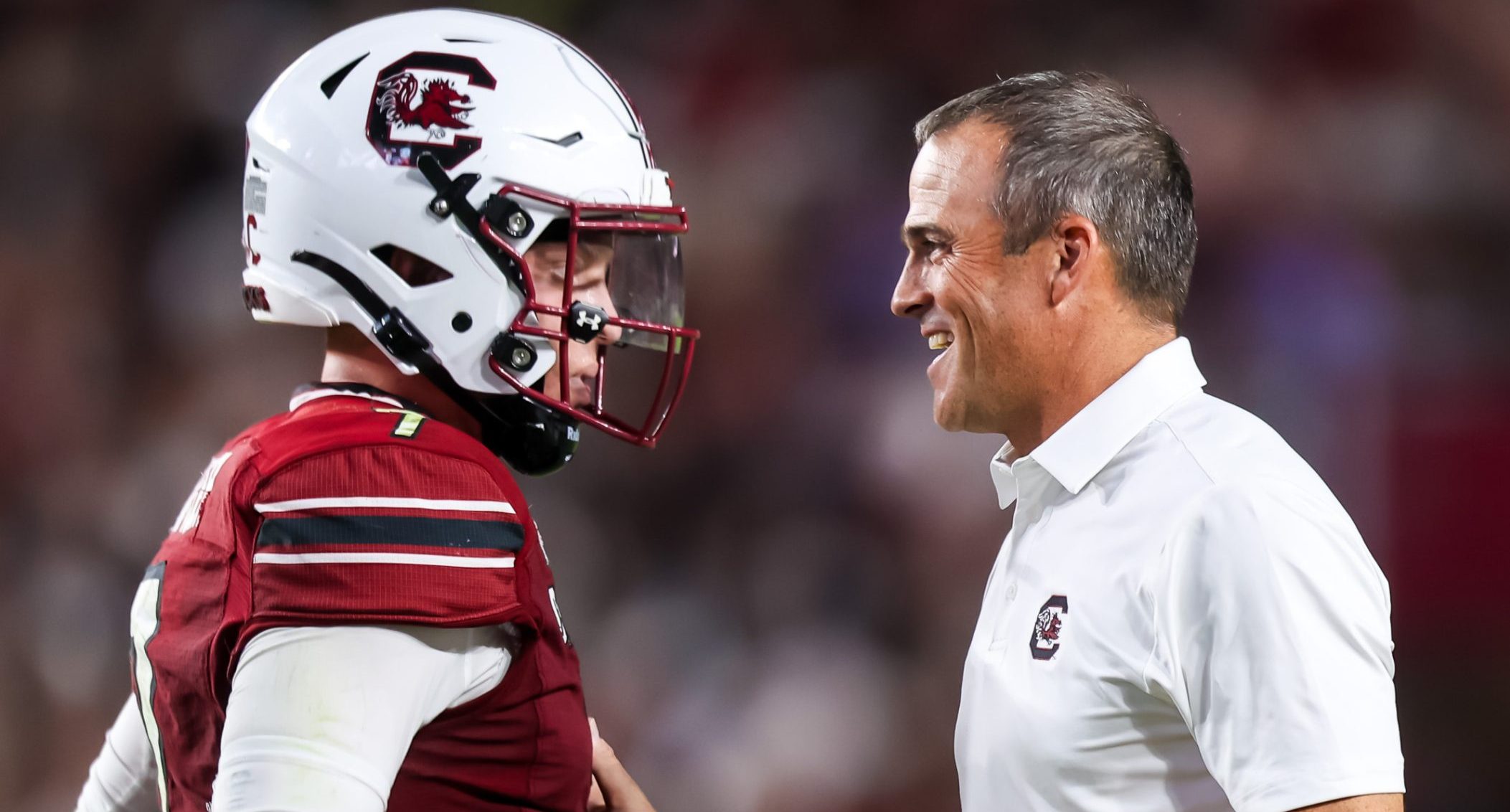A notable change in the sports media over the last several years is the reduced focus on a central website and the expanded focus on apps, distributed video (video that gets most of its plays through social media platforms rather than the organization’s site), merchandising and other revenue sources. We’ve seen that recently with Barstool Sports expanding their satellite radio presence, talking up plans to expand their merchandise sales and boxing promotion and launch branded alcohol or bars.
Bleacher Report has some of the same widely-spread presence, and Digiday’s Sahil Patel writes that they’re going to be boosting that even more with new commerce and licensing teams, but the most interesting revelation in his piece may be how much of B/R’s revenue already comes from non-website sources.
Entering year three of Turner’s $100 million investment in Bleacher Report, growing audiences and revenue through Bleacher Report’s app will remain a big focus for the company. The app, which now has 9.5 million active users per month, accounts for a third of company revenue, said [chief revenue officer/chief marketing officer Howard] Mittman.
…Bleacher Report revenue grew more than 20 percent year over year in 2017, according to [president Rory] Brown, who wouldn’t give a hard number but said the company was profitable. Ad sales on its social media accounts, which include custom branded video and sponsorships, contributed about a third of total direct revenues, said a company spokesperson.
The latest
- Could NFL see next Saudi sportswashing controversy?
- ESPN and NBA have reportedly ‘essentially come to terms’ on deal that would keep Finals on ABC
- G/O Media sells The Onion to ‘Global Tetrahedron,’ ex-NBC reporter Ben Collins to serve as CEO
- Eli Gold on Alabama exit: ‘You can’t argue with city hall.’
Last year, Bleacher Report ran a small test where it created a line of clothing based on the “Hoodie Melo” meme (featuring NBA player Carmelo Anthony practicing in a hoodie). The hoodies, at $60 each, sold out in just a few hours, Mittman said. Similarly, Bleacher Report hired an artist last year to reimagine NBA team logos in honor of Black History Month, with franchise names such as the Bed Stuy Rockers and the Chicago Defenders. It’s easy to imagine apparel and other products carrying those logos, Mittman said.
“It’s a great advantage we have with the Turner relationship — just look at what Adult Swim has been able to do with ‘Rick & Morty,’” said Rory Brown. “There’s a certain demographic that is so in love with that content that they’ll support it in whatever way they can. People are not going to buy some random piece of swag from a brand they stumble upon on Facebook. That’s what we’re focused on.”
None of this necessarily means Bleacher Report doesn’t need a website, of course. A lot of that app activity comes from people reading website content, just doing so through the app, and you need to have some sort of brand credibility to make these commerce and licensing deals work. They still employ a bunch of talented writers, and have added some high-profile names recently, including Master Tesfatsion from The Washington Post.
And websites aren’t dead overall; we even recently saw NowThisNews, which closed their website in 2015 to focus completely on distributed video, bring it back as a hub earlier this month. It also seems unlikely that B/R would go as far as NowThis did; the distributed video’s important, as are the app and these new licensing and commerce teams, but there’s still a role for their website too. However, it’s fascinating that so much of their revenue is coming in from non-site sources, and it’s interesting how widespread those sources are. That may set them up well for the future, as a downturn in any one sector’s easier to adapt to when you’re as diversified as this.
[Digiday]







